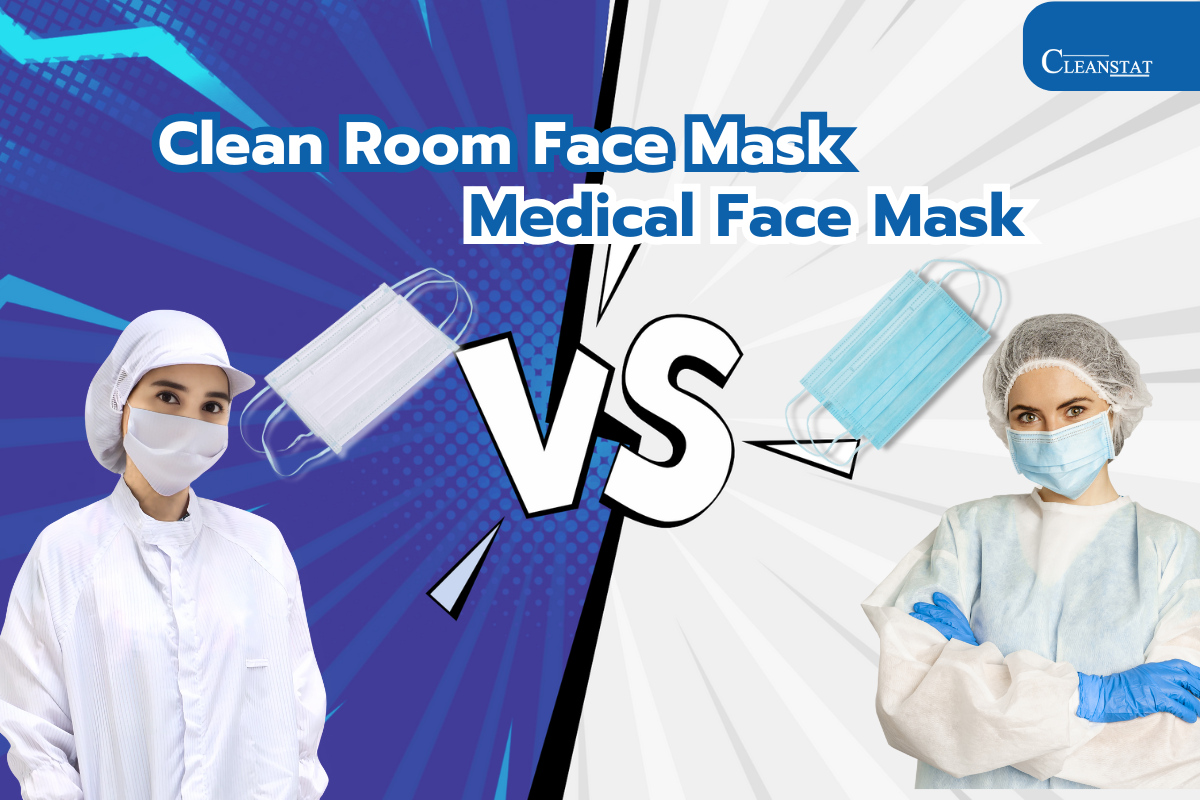Selecting an air conditioning system suitable for a cleanroom requires careful consideration of key factors related to air quality control, cleanliness, and safety to meet the required standards and operational needs. Here are the essential factors to guide you in choosing the right air conditioning system for your cleanroom

1. Consider the Cleanroom Class
Cleanrooms are classified based on cleanliness levels under standards like ISO 14644 or Federal Standard 209E, which specify the permissible number of airborne particles. For instance, ISO Class 1 is the cleanest, while ISO Class 9 is less stringent. This classification determines the type of air conditioning and filtration system needed. Cleanrooms in ISO Class 5 or 6 require high-efficiency filtration systems like HEPA or ULPA filters to minimize particle contamination. Meanwhile, ISO Class 7 and 8 cleanrooms can use high-quality standard filtration but still require strict air management.
2. High-Efficiency Air Filtration Systems
Air filtration is critical in cleanrooms, with HEPA (High-Efficiency Particulate Air) and ULPA (Ultra-Low Penetration Air) filters being the most common. HEPA filters can trap particles as small as 0.3 microns with at least 99.97% efficiency, while ULPA filters are even more effective and are ideal for ISO Class 1–5 cleanrooms. Filtration systems should be strategically placed to ensure optimal air circulation, such as on ceilings or walls, and should be regularly maintained to ensure continued efficiency.
3. Temperature and Humidity Control
Temperature and humidity regulation is vital to maintaining cleanliness and process stability in cleanrooms. Cleanroom temperatures are typically controlled within a range of ±1°C to ensure smooth operations and prevent heat buildup that could affect equipment performance. Relative humidity (RH) should be maintained between 40–60% to prevent static electricity, which can attract dust particles. Air conditioning systems should provide precise settings with automatic adjustments for temperature and humidity levels, tailored to the specific requirements of the cleanroom.
4. Air Pressure Control (Positive/Negative Pressure)
Air pressure plays a crucial role in preventing contamination in cleanrooms. Positive pressure cleanrooms, such as those used for pharmaceutical manufacturing or electronic assembly, maintain higher air pressure inside than outside to prevent contaminants from entering. Negative pressure is used in rooms handling hazardous substances, like biological labs, to contain contaminants. The air conditioning system should efficiently control air pressure and include automated systems to monitor and adjust pressure levels as needed.
5. Airflow Design
Airflow design in cleanrooms must align with standards and operational requirements. Laminar flow systems are often used to maintain unidirectional airflow, reducing cross-contamination. The system should support adequate air exchange rates (ACH – Air Changes Per Hour) to maintain air quality. For instance, ISO Class 5 cleanrooms may require 300–600 ACH, while ISO Class 7 may need 60–90 ACH. Proper airflow minimizes particle accumulation and ensures consistent air quality.
6. Materials and Contamination Control
Materials used in cleanroom air conditioning systems should not contribute to contamination. They should resist dust accumulation, prevent mold or microbial growth, and be compatible with cleanroom chemicals. Components like ducts and filters should be made from durable, easy-to-clean materials. Smooth surfaces and minimal joints in the system design reduce areas where contaminants could accumulate, ensuring effective cleanliness and ease of maintenance.
7. Ease of Maintenance
Maintaining the air conditioning system in a cleanroom is critical. Choose systems designed for easy cleaning and filter replacement without prolonged downtime. A preventive maintenance plan, including regular pressure checks, filter cleaning, and sensor calibrations, ensures long-term system performance and minimizes contamination risks.
8. Trusted Brand and Expertise
Opt for a reputable brand with expertise in cleanroom technologies. Established manufacturers offer systems tailored to cleanroom applications with advanced technologies for temperature, humidity, and air quality control. Additionally, reliable brands provide after-sales support, including maintenance and troubleshooting services.
In conclusion, selecting an air conditioning system for a cleanroom involves evaluating the cleanroom class, filtration system (HEPA/ULPA), temperature and humidity controls, air pressure management, airflow design, materials, maintenance requirements, and brand reputation. A carefully chosen system ensures compliance with standards and optimal performance for your cleanroom operations.










